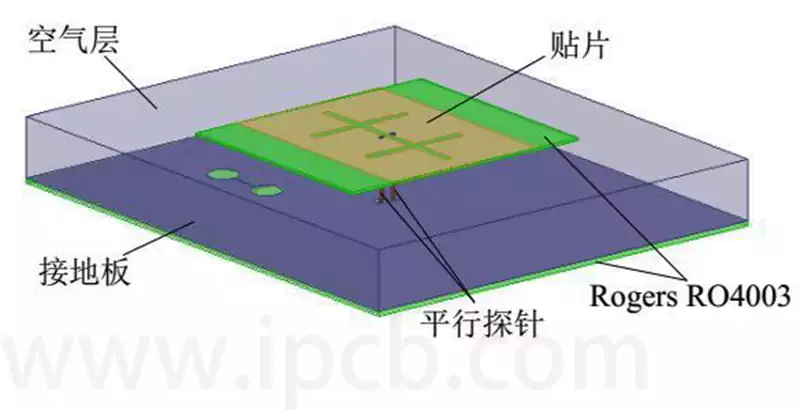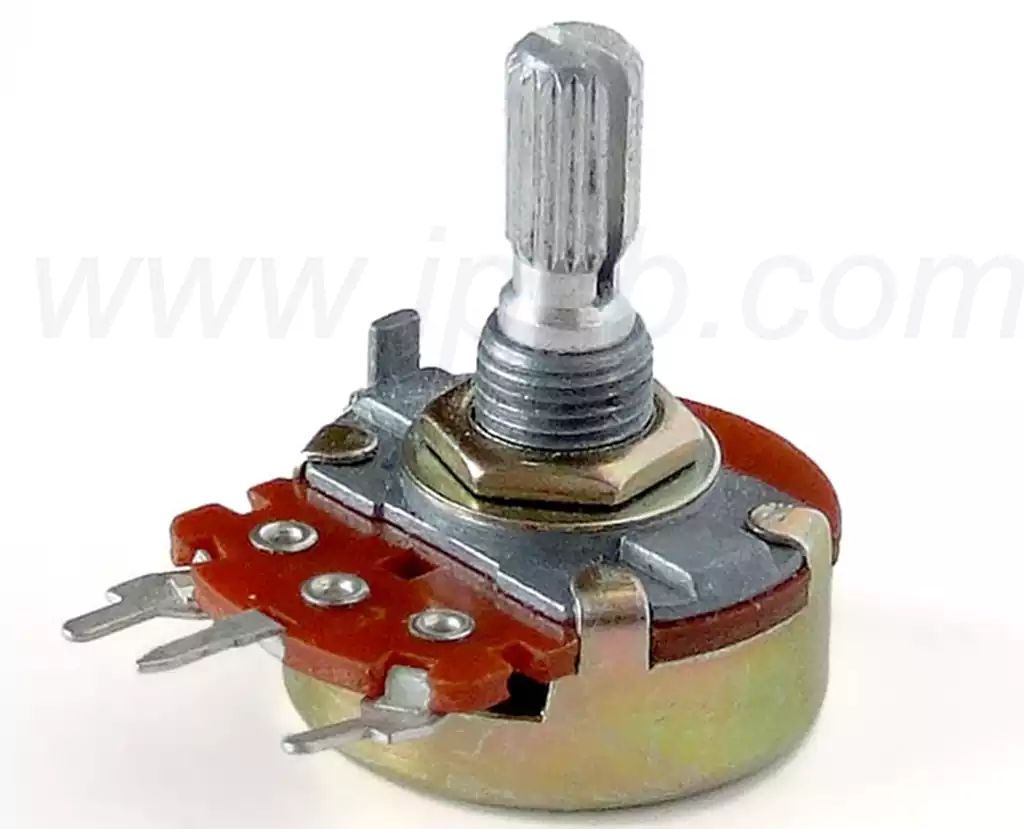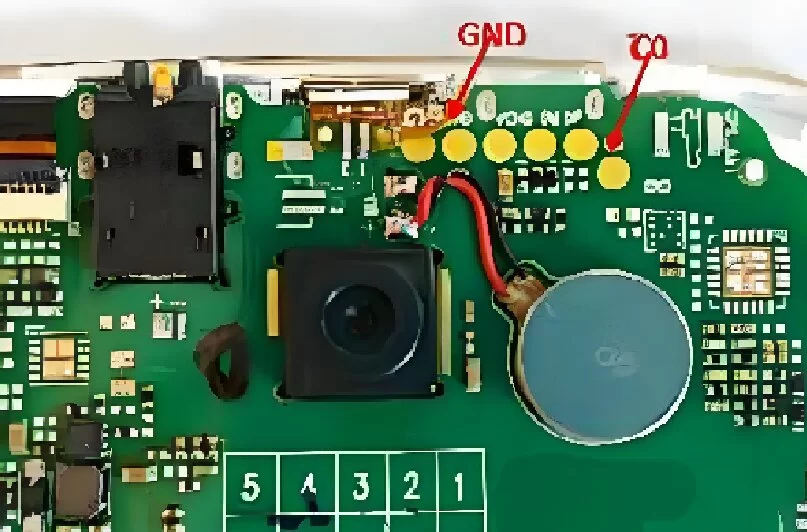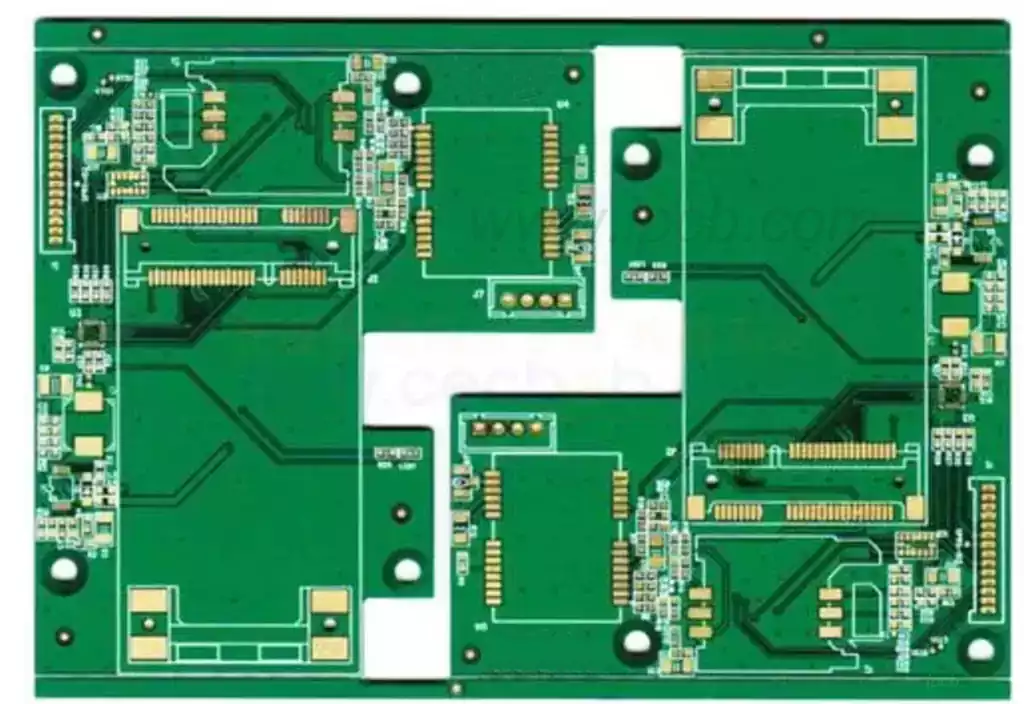In modern electronic design, connectors play an irreplaceable role as bridges between modules. In particular, 4 pin connectors are widely used in consumer electronics, industrial control, automotive electronics, smart home and other fields due to their simple structure, diverse functions and flexible applications. This article will systematically analyze the basic knowledge, structural characteristics, application scenarios, manufacturing processes, selection recommendations and future trends of this connector from multiple perspectives to help readers fully understand the technical value behind this small device

Introduction: Small connectors, big world
Connectors are not very eye-catching in electronic products, but their role is crucial. They not only complete the transmission of signals and power, but also determine the collaboration efficiency between modules and the reliability of the system. As one of the common forms, four-pin connectors occupy an important position in various devices due to their stable structure, high cost performance and strong applicability.
With the increasing integration of electronic equipment, the requirements for connectors are also rising. The 4-pin PCB connector must not only be stable and reliable, but also have anti-interference ability, good solderability and a certain fool-proof design. In this context, understanding and correctly selecting four-pin connectors has become one of the important skills for electronic engineers and purchasers.
Basic structure and type analysis
The basic structure of the four-pin connector can be divided into the following parts:
Contact terminal: Made of copper alloy material, tinning or gold plating to improve conductivity and corrosion resistance.
Plastic shell: It plays the role of insulation, support and positioning. Common materials include engineering plastics such as PBT and PA66.
Positioning structure: It helps to align and fix the connector during welding or plugging.
According to different design requirements, four-pin connectors are divided into many types:
Board-to-wire connector: One end is welded on the PCB board and the other end is connected to the cable. It is often used between the module and the external signal interface.
Board-to-board connector: It is used for vertical or parallel connection between two PCBs, suitable for high-density assembly occasions.
Plug-in connector: With a lock or snap-in design, it is suitable for equipment that requires frequent plugging and unplugging or on-site maintenance.
SMD connector: Suitable for SMT process to improve assembly efficiency.
Regardless of the type, the core value of the four-pin connector lies in the stability of the connection and the reliability of the electrical performance.
Detailed explanation of typical application scenarios
Consumer electronics field
In products such as smartphones, tablets, and wearable devices, 4-pin PCB connectors are widely used for signal and power connections between subsystems such as battery interfaces, speaker connections, and vibration motor drives. For example, in the internal structure of Bluetooth headsets, this small-sized connector is often used to achieve current transmission and synchronous control between the motherboard and the charging compartment.
Its small size and good contact reliability make it very useful in scenarios with limited space and high reliability requirements. In addition, more and more wireless devices tend to adopt lightweight and modular designs. The four-pin connector has become the designer’s first choice because of its standardized interface and strong adaptability.
Industrial automation system
In industrial equipment such as PLCs, sensors, and actuators, 4-pin connectors are often used in signal acquisition and control circuits. Especially in industrial field wiring complex and interference-intensive environments, this type of connector needs to have strong anti-interference performance, plug-in stability, and high mechanical strength.
At the same time, higher requirements are placed on EMI immunity and long-term service life in industrial applications. The specially designed four-pin connector performs well in these aspects, such as the use of gold-plated contacts and double spring structures, which improves corrosion resistance and mechanical life.
Automotive electronics and new energy fields
A large number of connectors are used inside the car, among which the 4-pin type is often used in modules such as on-board cameras, electric seats, and ambient lights. It still needs to ensure stable connection under high temperature, high vibration, and high humidity conditions, which places strict requirements on the material selection and structural design of the connector.
In new energy vehicles, the low-voltage control between the BMS (battery management system) and the on-board charging module is also often completed with the help of a four-pin connector. With the increasing complexity of electric vehicle systems, modular wiring has become a trend, and the use of standardized connector systems helps to reduce design complexity and subsequent maintenance costs.
Communication equipment and servers
4-pin PCB connectors are also widely used in base stations, power modules, switches and other equipment. It often appears as a connection interface for fan power cables, status indicators, and low-speed signal channels. Since communication equipment has extremely high requirements for stable operation time, connectors must pass strict reliability tests, such as thermal shock, plug-in life, and contact resistance tests.
In short, different industries have different concerns about four-pin connectors. From compact structure to environmental resistance, from electrical reliability to easy assembly and maintenance, these differences are driving the continuous segmentation and specialization of connector categories.
Analysis of electrical performance and technical indicators
As a key component of electrical connection in electronic systems, the electrical performance of 4-pin connectors directly affects the signal quality and working stability of the entire system. The following aspects are important parameters that cannot be ignored when selecting:
Rated current and voltage
Generally, the rated current of a 4-pin PCB connector is between 1A and 10A, depending on the contact material, contact area and thermal management design. The rated voltage is mostly between 30V and 250V, and some industrial and power products can support higher voltages.
The current load capacity affects the thermal stability of the power supply system, while the voltage level determines the upper limit of its use scenario. Overload use may cause the contact terminal to heat up, oxidize or even catch fire, seriously affecting the product life.
Contact resistance
Contact resistance is one of the important indicators for measuring connector performance. The contact resistance of a high-quality 4-pin connector should be controlled below 20 milliohms. Lower contact resistance is conducive to improving current transmission efficiency and reducing heat loss caused by resistance heating.
In order to reduce resistance, manufacturers will plate precious metals (such as gold and silver) on the surface of the contact and use a highly elastic metal spring structure to increase the contact point pressure and contact area.
Insulation resistance and withstand voltage performance
Insulation resistance refers to the resistance value between the contacts when they are not connected. It is generally required to be above 1000 megohms to ensure that there will be no system malfunction or safety hazards due to leakage. Withstand voltage performance refers to the ability of the connector to remain unbroken under high voltage. It is an important indicator for measuring electrical safety. The test value is usually AC 1000V 1 minute.
Insertion force and extraction force
The insertion and extraction force affects the user experience and product durability. A well-designed 4-pin connector should have a moderate insertion and extraction force (generally 5N-20N) while ensuring firm contact, and maintain plug-in and extraction consistency to avoid PCB pad desoldering due to unstable torque.
Manufacturing process and material selection
Contact material
The core function of the connector is to conduct electrical signals or power, so the material selection of the contact is crucial. 4 pin pcb connectors often use copper alloys as the base material of the contact, such as phosphor bronze, beryllium copper, etc. These materials have excellent conductivity and elasticity, and can maintain good contact pressure and stable resistance for a long time.
In order to improve the anti-oxidation and corrosion resistance, the contact surface is often plated with a layer of gold or silver. Gold plating has excellent conductivity and stability, and is suitable for scenes with high signal transmission requirements; while silver plating performs better under high current or high frequency, and is more cost-effective.
Plastic insulator and shell structure
The insulating part of the connector is mainly made of engineering plastics, such as PBT, LCP, PA66, etc. These materials must have good heat resistance, insulation and dimensional stability. Especially in the surface mount process (SMT), the connector must withstand the high temperature of reflow soldering of about 260°C, so the thermal deformation temperature (Tg) of the material must meet the process requirements.
For connectors that need to be dustproof and waterproof, the shell structure will be designed to be sealed, and protective parts such as sealing rings and buckles will be added to achieve IP65 or even IP68 levels.
Pin plating and welding treatment
Pins are usually pre-plated with tin-lead alloy or lead-free tin to adapt to different welding processes (such as wave soldering and reflow soldering). The pin structure of SMT connectors needs to consider the pad adaptability, flux wettability and solder paste release efficiency.
In addition, some manufacturers also design the “anti-soldering and pulling structure” at the bottom of the pin to enhance the protection of the plug-in connector to the solder joints during the plug-in and unplugging process, and reduce the drop rate and maintenance costs.
Standard Specifications and Quality Control
International Standard Reference
To ensure interoperability and stable quality, the design and manufacture of 4 pin connectors need to refer to a series of international standards, such as:
IEC 60603: Applicable to general requirements such as connector size, mechanical properties, and electrical characteristics;
UL 1977: Involving safety standards and electrical insulation performance;
RoHS / REACH: Control the use of hazardous substances to protect the environment and user health;
IPC-A-610 / IPC-WHMA-A-620: Standardize the assembly process and inspection standards of connectors.
Connector products that meet these standards can not only improve user trust, but also make it easier to pass various international certifications and market access thresholds.
Factory Quality Management System
High-quality connector manufacturers often pass ISO 9001, IATF 16949 and other quality system certifications, and have systematic incoming material inspection, process control and shipment sampling inspection mechanisms.
Typical quality control processes include:
Full inspection of incoming materials (copper, plastic, plating thickness);
Plug-in life test (up to 1,000 times or more);
Thermal cycle and hot and cold shock test;
Contact resistance and insulation resistance measurement;
SMT reflow test.
Selection suggestions and actual applications
Clear purpose
When selecting, first clarify the functional purpose of the connector: is it power supply, data signal transmission or control signal transmission? Different applications have different requirements for parameters such as current, voltage, frequency, and heat resistance.
For example:
Motor drive modules may need to use high-current connectors above 5A;
Sensor data connections pay more attention to anti-interference and signal integrity;
Battery connectors should pay attention to contact stability and anti-oxidation performance.
Confirm structural matching
Confirm whether the connector is suitable for SMT mounting or plug-in welding, and its packaging form (such as patch, horizontal, and direct plug-in) must be consistent with PCB wiring and meet production process requirements. In addition, pay attention to whether the PIN spacing, PIN direction, and buckle design are easy to assemble.
Consider life and maintenance
If the device is used frequently and plugged and unplugged many times, a structural design with long plug-in life and wear resistance should be selected; if the product cycle is short or cannot be maintained, cost control is more critical.
Combine certification and service
It is recommended to give priority to products with UL, CE and other certifications, and confirm with the supplier whether it supports sample testing, BOM customization, stable delivery, after-sales response and other services.
Future development trend
As electronic equipment tends to be miniaturized, high-speed and intelligent, 4 pin pcb connector is also developing in the following directions:
Improved high-speed transmission capability
The new generation of connectors for high-speed interfaces such as USB 4.0 and HDMI 2.1 requires support for higher frequency signal transmission and has lower insertion loss and reflection interference. Therefore, the future four-pin connector will continue to optimize in terms of structure, material and shielding design.
Stronger EMI/EMC control capability
Anti-interference ability will become key in industrial, medical and vehicle-mounted systems. In the design, more metal shell shielding, magnetic filtering structure, ground wire protection and other methods will be used to improve the connector’s anti-electromagnetic interference level.
Miniaturization and modularization trend
In the fields of 5G communication, wearable devices, micro sensors, etc., small-size high-density connectors have become mainstream. 4-pin connectors will continue to evolve towards narrower pitch, shorter volume, and stronger current-carrying capacity to meet the packaging needs of micro systems.
Intelligent manufacturing and automated assembly adaptation
In order to meet the needs of automated SMT placement and testing, connectors need to have more accurate dimensional consistency and soldering performance. The adaptation requirements of smart factories for material consistency, incoming material traceability, and fast switching processes also force the connector supply chain to develop towards digitalization and standardization.
Summary
As one of the important basic components of electronic connection, although the structure of the 4-pin PCB connector seems simple, the technical details and selection decisions behind it are directly related to the reliability and efficiency of the entire system. This article comprehensively sorts out the structure, electrical performance, manufacturing process, quality standards, practical applications and future trends, hoping to help engineers, purchasers and industry newcomers to have a deep understanding of this tiny but critical device.
In the future of high-speed, intelligent, and green manufacturing, connector technology will continue to innovate and evolve to help electronic products run more efficiently, more stably, and more conveniently. Grasping the technological value behind the tiny 4-pin connector is the key to improving a company’s competitiveness.



